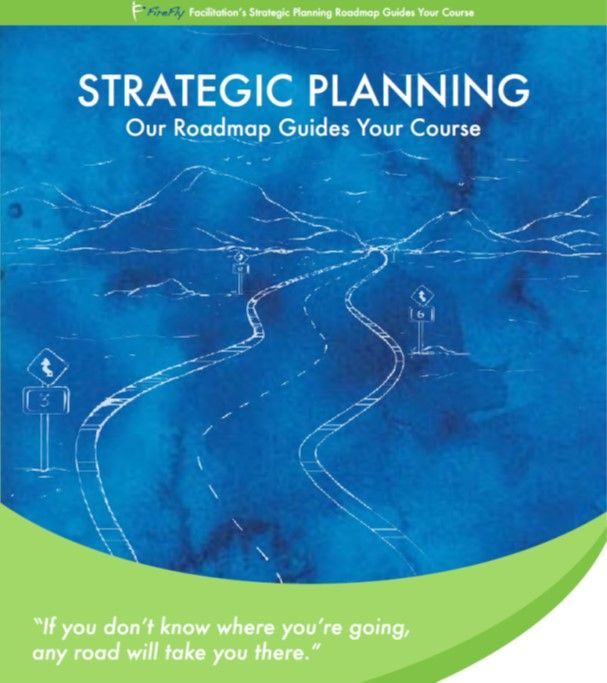What do you do when the system doesn’t fit?
I have shared a success story with you in the last post, so let me balance it out by telling you about a near disaster:
I was selected to facilitate a two-and-a-half day strategic planning session for a branch of the military, and began the hard work of designing the session. I was working very closely with the planning committee, but not the key decision makers, which was a different setup than I was used to. I normally spoke directly with the key stakeholder on the desired outcome of the session, and then began to design the process and content to achieve that end.
This time, I took the planning committee at their word when they told me we needed 42 presentations on possible strategic initiatives - each one hoping to make the cut and get the funding. Basically, this was each presenter’s opportunity to get in front of the most senior leadership and shine, and no one was willing to forego it. I kept questioning this method of presentation, but I was assured that everyone coming knew what they were getting into.
The small hotel room in which we gathered to hold the session was jammed with people. There were 18 highly decorated uniformed officers sitting at U-shaped tables, with 25 more people seated in chairs around the perimeter. After brief opening comments, I explained the process we would be using to determine the rank order of our top 10 strategic initiatives, and the criteria they should use to make the determination of what was strategic. I also distributed the handout they would be using to summarize their thoughts during each presentation. This was my attempt at keeping them engaged by requiring that they think and look for things during these 42 four-minute presentations.
We jumped right in and the first presenter distributed a handout about his initiative, talking as people passed along copies, since he only had four minutes. When this presenter’s time was up, I asked everyone to please jot down their comments as to whether they thought this initiative met our criteria for strategic, and why. I noticed a little discomfort among the participants, but there was no time for me to address it, since the next presenter was up. The next four minutes went by even faster than the first four.
The tension and anger building in the room was palpable, and I knew this scenario wasn’t working. I had to decide whether to keep going or run the risk of changing the process, even though I had no idea how to make it better at that very moment. Would the planning committee think I was throwing them under the bus? What if they were right and this was the only way?
When I decided to take the leap and ask everyone in the room whether the process was working for them, it was like the dam burst! No one was happy with the process. Once I knew that, I was able to pull aside the top five leaders and come up with a rather easy solution. These leaders met with their direct reports and support staff for 30 minutes to review the initiatives they’d submitted and determine which ones should be presented or consolidated, based on specific criteria.
The lesson is simple: Be crystal clear on what the key stakeholders want to achieve, and let that be your guide as you plan the content and process of the session. Trust your judgement, and test all assumptions to keep them from getting in the way of your success. Then, if something isn’t working, have the courage to change it, engaging the creativity and perspectives of others to solve the problem.
In our next post, we’ll talk about addressing processes that cross department lines, in order to create solutions that work for everyone involved. In the meantime, let's talk! Reach me by email or phone: 770-989-7030.






